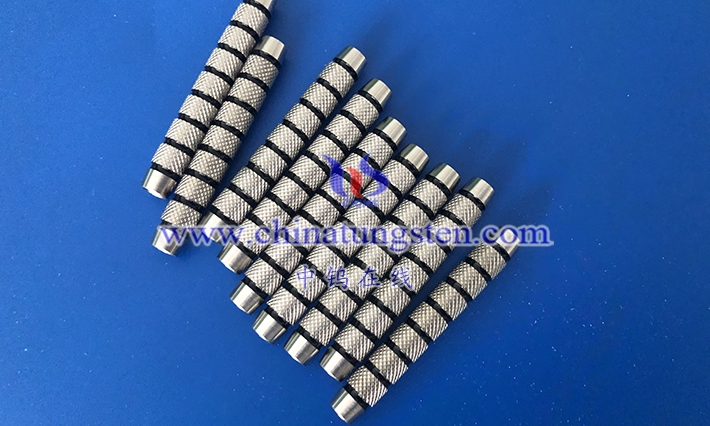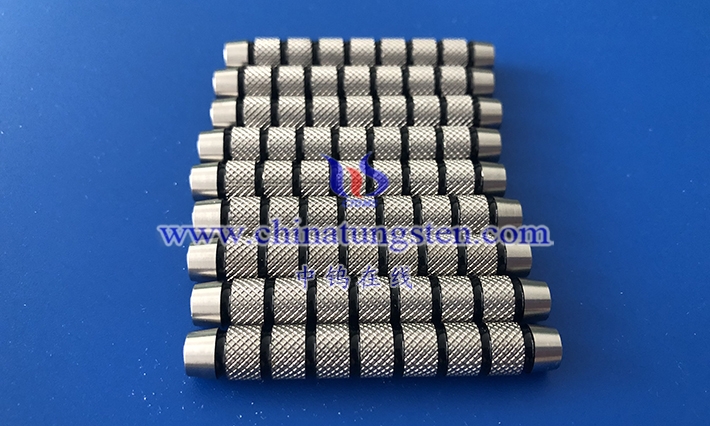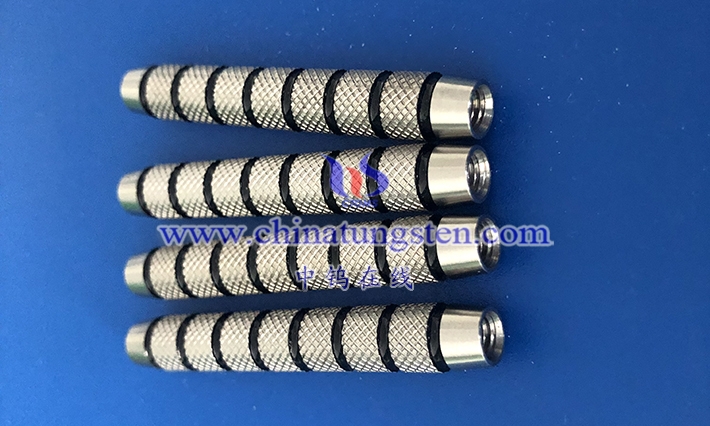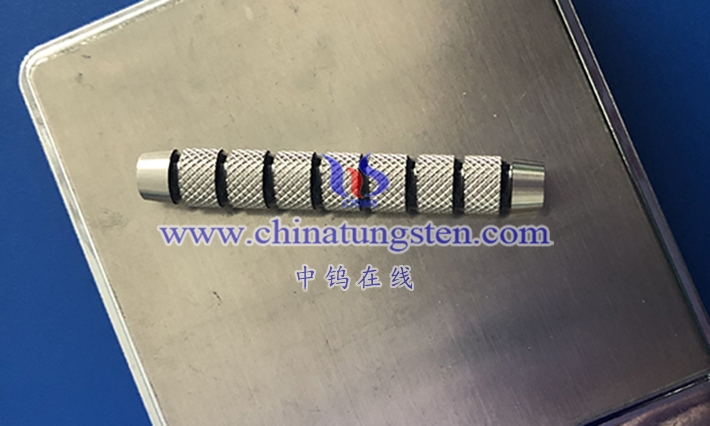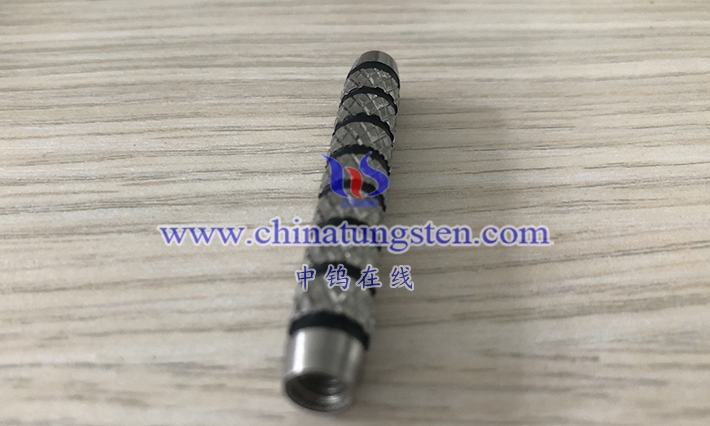
The plasticity and toughness of high-density alloys can be evaluated through a variety of experimental methods. The following are some commonly used evaluation methods:
- Tensile test: Conduct tensile test on high-density alloy at room temperature or high temperature to measure its tensile strength, yield strength, elongation, area reduction and other indicators. Through these indicators, the plasticity and toughness of high-density alloys can be evaluated.
- Impact test: Conduct impact test on high-density alloy at room temperature or low temperature to measure its impact absorption energy and impact toughness and other indicators. These indicators can reflect the plasticity and toughness of high-density alloys under impact loads.
- Compression test: Carry out compression test on high-density alloy at room temperature or high temperature to measure its compressive strength, yield strength, compression ratio, area shrinkage and other indicators. Through these indicators, the plasticity and toughness of high-density alloys under pressure loading can be evaluated.
- Bend test: Bend test is conducted on high-density alloy at room temperature or high temperature to measure its bending strength, deflection and other indicators. Through these indicators, the plasticity and toughness of high-density alloys under bending loading can be evaluated.
- Hardness test: By measuring the hardness of high-density alloys, its plasticity and toughness can be indirectly evaluated. In general, harder materials tend to have better resistance to plastic deformation, while tougher materials may absorb impact energy more easily.
When evaluating the ductility and toughness of high-density alloys, the following factors need to be considered:
- Temperature: Temperature has an important impact on the plasticity and toughness of high-density alloys. At low temperatures, the plasticity and toughness of materials usually decrease; at high temperatures, the plasticity and toughness of materials may increase.
- Strain rate: Strain rate also affects the plasticity and toughness of high-density alloys. At low strain rates, the material has more time to respond to loading and may therefore exhibit better plasticity and toughness; whereas at high strain rates, the material’s time response capability decreases and may therefore exhibit poorer plasticity. and resilience.
- Defects: Microscopic defects such as pores, inclusions, and grain boundaries may exist in high-density alloys. These defects may cause stress concentration when subjected to load, resulting in a decrease in the plasticity and toughness of the material.
- Preparation process: The preparation process affects the internal structure and grain boundary structure of high-density alloys, thereby affecting its plasticity and toughness. For example, process parameters such as heat treatment, smelting, and casting may affect the microstructure and mechanical properties of the material.
- Loading history: The history of a high-density alloy when subjected to loading will also have an impact on its plasticity and toughness. For example, after high-temperature annealing or low-temperature treatment, the microstructure of the material may change, affecting its plasticity and toughness.
In summary, evaluating the plasticity and toughness of high-density alloys requires comprehensive consideration of multiple factors, including temperature, strain rate, defects, preparation process, and loading history. Only by fully considering these factors and taking corresponding measures to optimize their performance and durability can high-density alloy materials with good plasticity and toughness be obtained.
More details of tungsten alloy product, please visit website: http://tungsten-alloy.com/
Please contact CHINATUNGSTEN for inquiry and order of tungsten carbide:
Email: sales@chinatungsten.com
Tel.: 86 592 5129595
